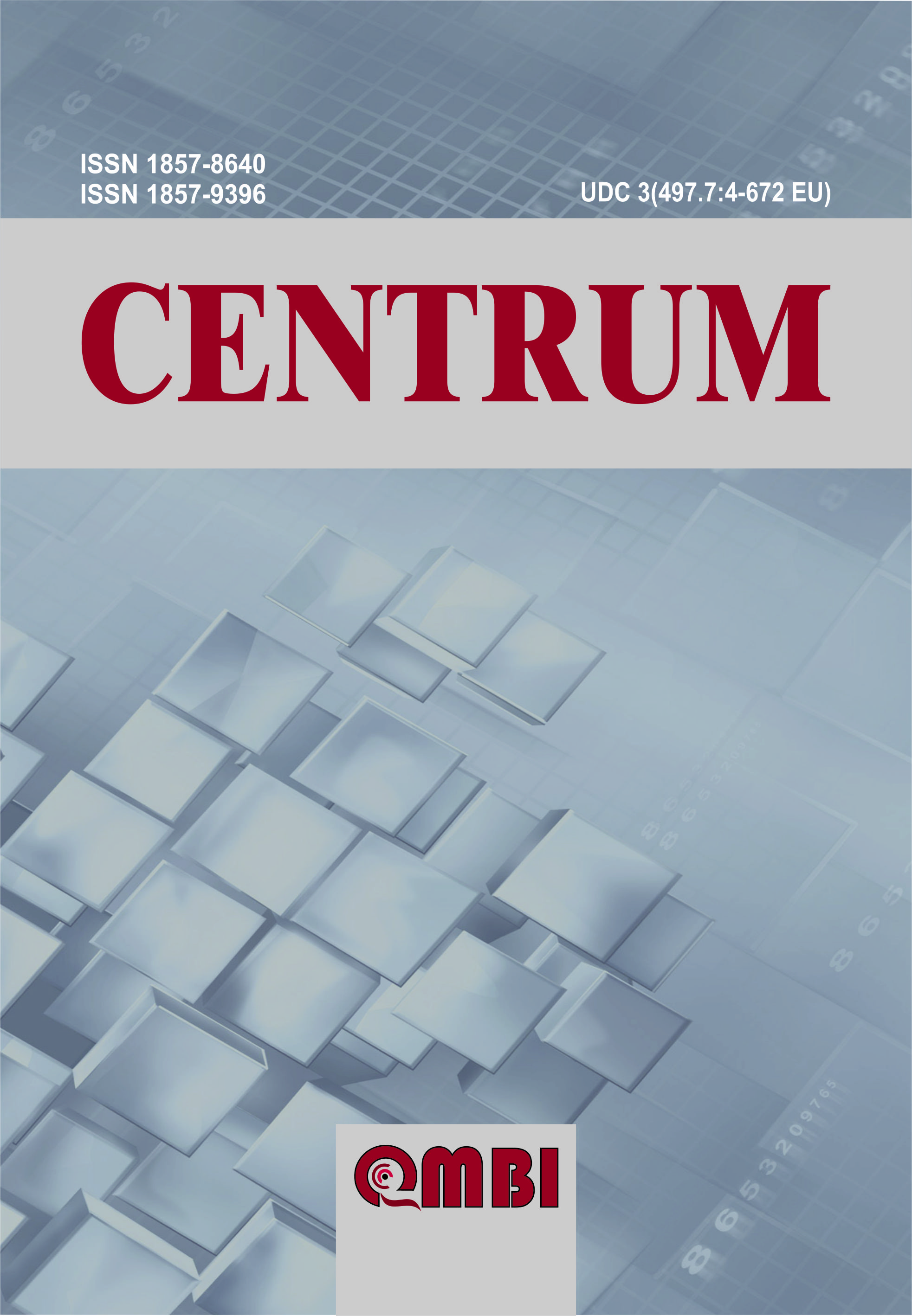
INTERNATIONAL SCIENTIFIC JOURNAL
Center for Understanding and Institutional Cooperation
ISSN: 1857-8640
DOI: 10.5897/UJ-CENTRUM
Email: centrum.qmbi@gmail.com
ANALYSIS OF THE SECOND PART OF THE BOOK “MODELS OF DEMOCRACY” BY AUTHOR DAVID HELD
DOI: 10.5987/UJ-CENTRUM.17.010.1 | Article Number: A84FE69F10 | Vol.6 (1) - June 2016
Author: Kasami Kujtim
The beginning of the second part of the Models of democracy is one of the most interesting chapters in the book. It seems that here the story of democracy takes a major change in its course; “Variants of the Twentieth Century”. Although versions of every model we have studied actual historical societies, some of the images in the center of these models - many exclusive debate in ancient Athens, the policy of the assembly of Rousseau, in Locke, the person in its natural state, consi-dering the terms of the social contract - it seems more symbolic than real and certainly all these versions are very far from any kind of mo-dern-day reality. It is true that Marx's analysis of the nineteenth century was made a deep and detailed analysis of the complexity of capitalist society, but Marx set before us an ideal vision of direct democracy before the final communism.
Suddenly, with Weber and Schumpeter, we come across writers who lived more or less in our time (Weber died in 1920, Schumpeter in 1945), and that our present model that purports to be, not any kind of idealized democracy, but simply a description of the functioning of our political system.They take for granted the extension of voting rights to universal right out loud, the growth of a huge number of social institutions, the existence of huge bureaucracies, major political parties, legislatures, all known models of elections and conduct of the vote. This picture is not static: they analyze trends in culture, such as the decline of religion, belief in science and technology, the growing influence of the mass media. They ask humbly that our system of government works in practice, what is really for us the meaning of democracy. What is its real function? How to deliver what citizens and society need?
1. Хелд, Д. (2008). Модели на демократија. Академски печат, Скопје;
2. W. Phillips Shiveley. (2010). Hyrje në shkencat politike. Тирана;
3. Fukuyama, F (2013). “What is Governance”, Center for Global Development, Washington; 4. Diamond, L. и Leonardo Morlino, (2004). “The Quality of Democracy”, CDDRL. Center on Democracy, Development and The Rule of Law, Stanford Institute of International Studies , Stanford University, Stanford;
5. Polisi, F. и Musliu, A. (2015). Sociologjia e së drejtës.Vatra, Скопје;
6. Kasami, K. (2015). Ndryshimet shoqërore dhe globalizmimi. (Dispencë – Përmbledhje ligjeratash). Кичево;
7. Линц, Х. и Алфред Степан, (2009). ПРОБЛЕМИТЕ НА ДЕМОКРАТСКАТА ТРАНЗИЦИЈА И КОНСОЛИДАЦИЈА (Јужна Европа, Јужна Америка и посткомунистичка Европа). Академски печат, Скопје.
8. Selmanaj, S. (2014). Globalizimi dhe ndërtimi i shtetit. Приштина.
9. Панзова, П.(2003). Науката како занает.Fakulteti Filozofik. Скопје.
10. Eko, U.(1997). Si bëhet një punim diplomе. Botime Përpjekja.Тирана.
